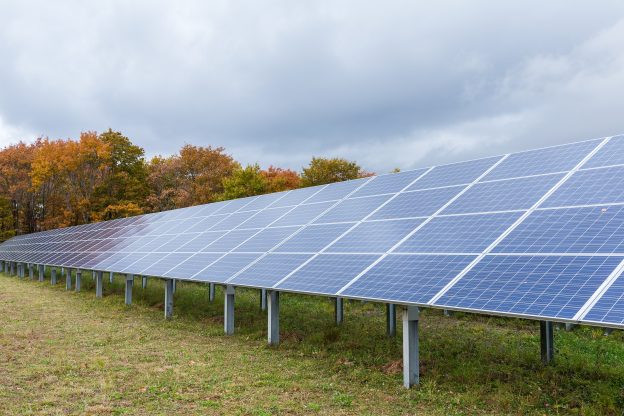Three of Cogenra Solar’s PV modules have set new efficiency records using its Dense Cell Interconnect (DCI) technology. In a series of tests conducted by third-party laboratories, Cogenra’s DCI technology achieved up to a 15% increase in module power compared to currently available modules. This significant efficiency boost reduces both the module’s direct cost-per-watt and the total installed cost for solar power.
The record modules were constructed with commercially available, unsorted cells using Cogenra’s production-ready DCI manufacturing line. Independent verifications by DNV GL and TÜV SÜD of 60-cell format modules confirmed peak power outputs of:
- 334W using N-type front contact mono crystalline cells.
- 301W using P-type mono crystalline cells.
- 288W using multi crystalline cells, higher than all commercially available multi or mono crystalline modules.
“It’s time to rewire the solar module,” said Cogenra Solar CEO and founder, Dr. Gilad Almogy. “Using available cell technologies, DCI delivers a booster shot of improved performance, reliability and cost reductions, leveraging nearly 60 GW of existing PV cell capacity. This much needed module-level innovation represents a significant breakthrough for solar technology and will accelerate solar adoption worldwide.”
Previous solar module technologies relied on ribbons, which shaded the silicon cells from sunlight, led to resistance losses and accelerated PV module degradation. Cogenra’s patent-pending DCI technology more efficiently connects cells on the module, eliminating the need for ribbons, solder-joints and inter-cell gaps. As a result, DCI modules achieve a range of benefits, including:
- More power: 15 percent higher power that leads to reduced BOS and installation costs.
- Superior reliability: Better withstands thermal cycling, hotspots, mechanical loads and external shading, reducing module degradation and leading to superior lifetime project returns.
- Lower cost per watt: Improved efficiency reduces module cost-per-watt while leveraging existing cell lines.
- Flexibility: Enables longer strings and shading resiliency.
- Aesthetics: Eliminates ribbons and inter-cell gaps for a uniform all black appearance.






